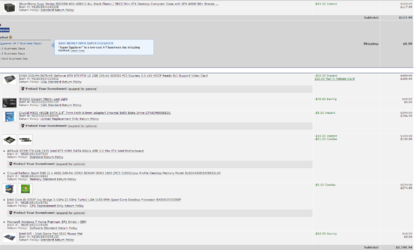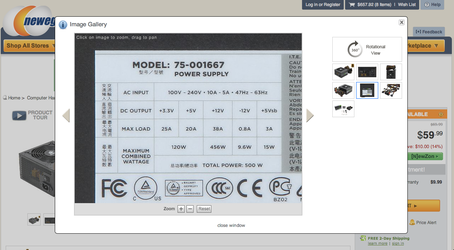Hi everyone!
I'm looking for building a Gaming rig which is small on size and low on power consumption ( below 400-430W )
My budget is $2099
Must have features:
SSD drive (for OS)
Silent + Cool System
NVIDIA/INTEL
Small Chassis + Small Motherboard as well (Micro ATX/Mini ITX)
The CPU has to be Intel Core i7 3770 and as for the GPU, I expect something which can run games at Ultra (or at least High) settings smoothly (DX11 + 1920x1080 res). Thus, I don't think something like 660 Ti would suffice.
Thanks in advance
I'm looking for building a Gaming rig which is small on size and low on power consumption ( below 400-430W )
My budget is $2099
Must have features:
SSD drive (for OS)
Silent + Cool System
NVIDIA/INTEL
Small Chassis + Small Motherboard as well (Micro ATX/Mini ITX)
The CPU has to be Intel Core i7 3770 and as for the GPU, I expect something which can run games at Ultra (or at least High) settings smoothly (DX11 + 1920x1080 res). Thus, I don't think something like 660 Ti would suffice.
Thanks in advance

